Enjoying a new form of travel, “micro tourism”
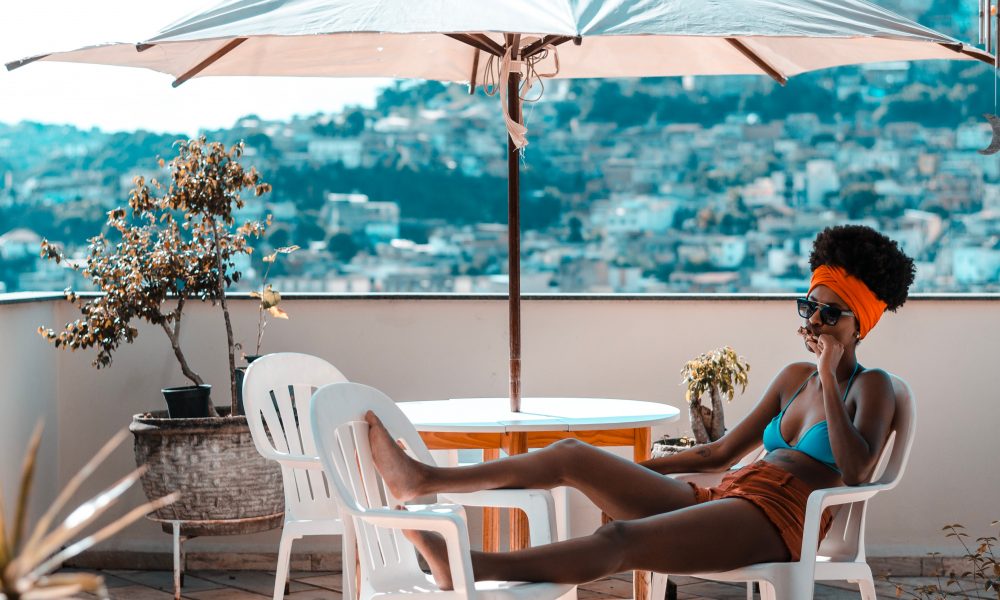
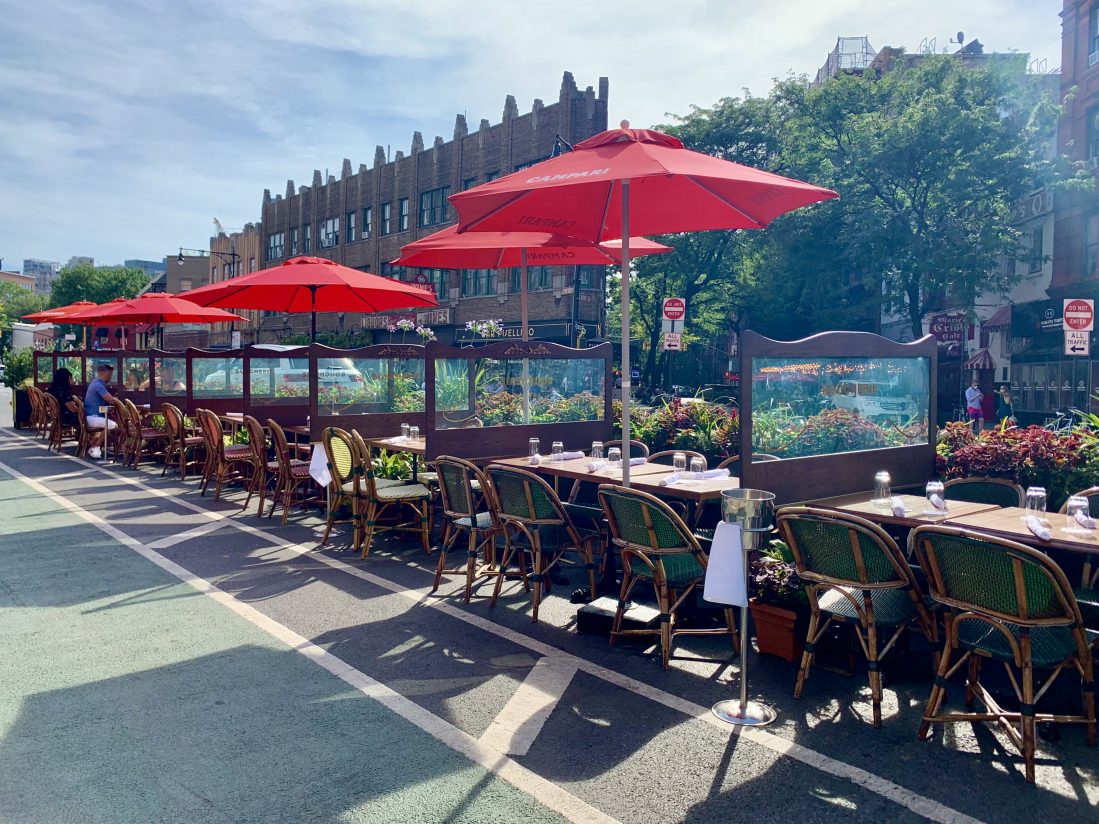
New York City feels like its vibrancy has started to come back, once again. According to NY Times, some 420,000 New Yorkers left the city between this past March and May. Many of those who had escaped the city during lockdown began to flock back, as restaurants are opening up their outdoor spaces and parks are being filled with New Yorkers of all ages. Museums and cultural institutions will be allowed to open up again beginning Aug. 24, for the first time since shuttered in March, announced by New York Gov. Andrew Cuomo last Friday. While the tranquility of the temporary ghost town was novel, many New Yorkers are happy to see life starting to come back on the streets. Like so many others, I had evacuated the city a few months ago and was startled by the city’s comeback. Startled though I was, given the current global situation, I was happy to see the world’s largest city humming again.
As the situation continues to evolve, however, people around the world are recalibrating and discovering what life with, and after, coronavirus will be like. The world is discovering a “new normal.” Through my lens here in New York City, I explore what the “new normal” means.
Feeling human touch starvation? Chronicles of Social Distancing
As I walk around Manhattan and decide to be courageous to ride the city’s subways, all I can think to myself is, “Everyone is wearing masks!” Until this point, I had never seen anyone wearing masks in the US. Having been raised in Japan, I’m accustomed to seeing Japanese people wearing masks all the time, whether for hay fever or a cold. In the US, however, I’d always felt extremely conscious of how I might appear strange if I wore a mask in public and as a result, had often hesitated to do so. Luckily, New Yorkers seem to be taking the new safety precaution seriously, given how badly the city had been hit earlier this year. On the streets, some fashion-forward Millennials and Gen Z’s are rocking their bright-colored masks with chains attached around necks. It is truly amazing how New Yorkers adapt to the new reality, with such grace. Many stores will not allow patrons in without masks, while you can also find hand sanitizer and social distancing signage all around the city. Even the infamously dirty New York City subway is adapting by getting a disinfecting clean every night.
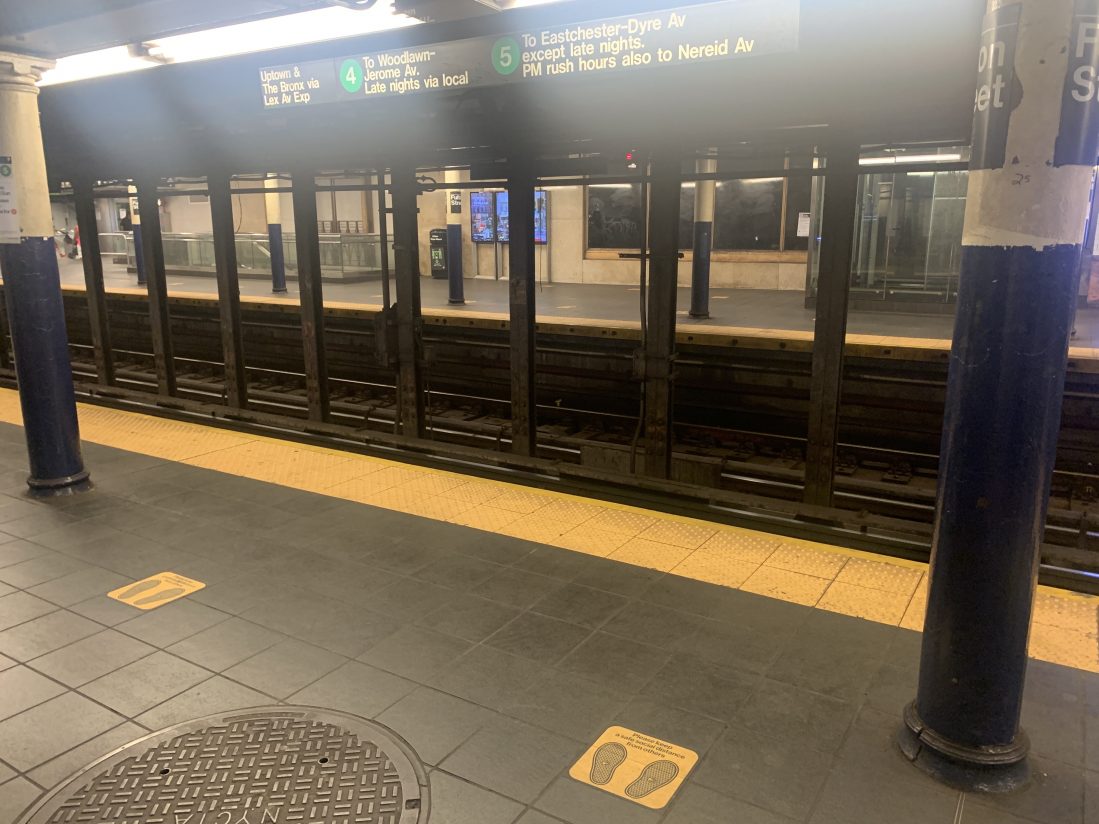
As for restaurants, they are finally open again for food and drinks, bringing back imagery of a lively summer in the city, though with 50% of the people to ensure distancing. Many shops have installed clear partitions between customers, keeping customers safe while keeping the vibes. While these measures give opportunity for city dwellers to enjoy dining out, I cannot help but to wonder how we might transition as the weather cools through this year.
As one can imagine, shopping experiences have been impacted by the “new normal” as well. As New York’s retail shops are allowed to open, many Soho’s trendy fashion and beauty stores restrict their opening hours and limit the number of staff. For instance, at The Detox Market, a cult-fave clean beauty shop, only allowed one customer at a time. When it comes to trying products on, not to mention extra sanitizing and controlling social distancing, beauty assistants stand more than 6 feet away, while consumers test products on their face by themselves, while all products are placed on sanitized palettes.
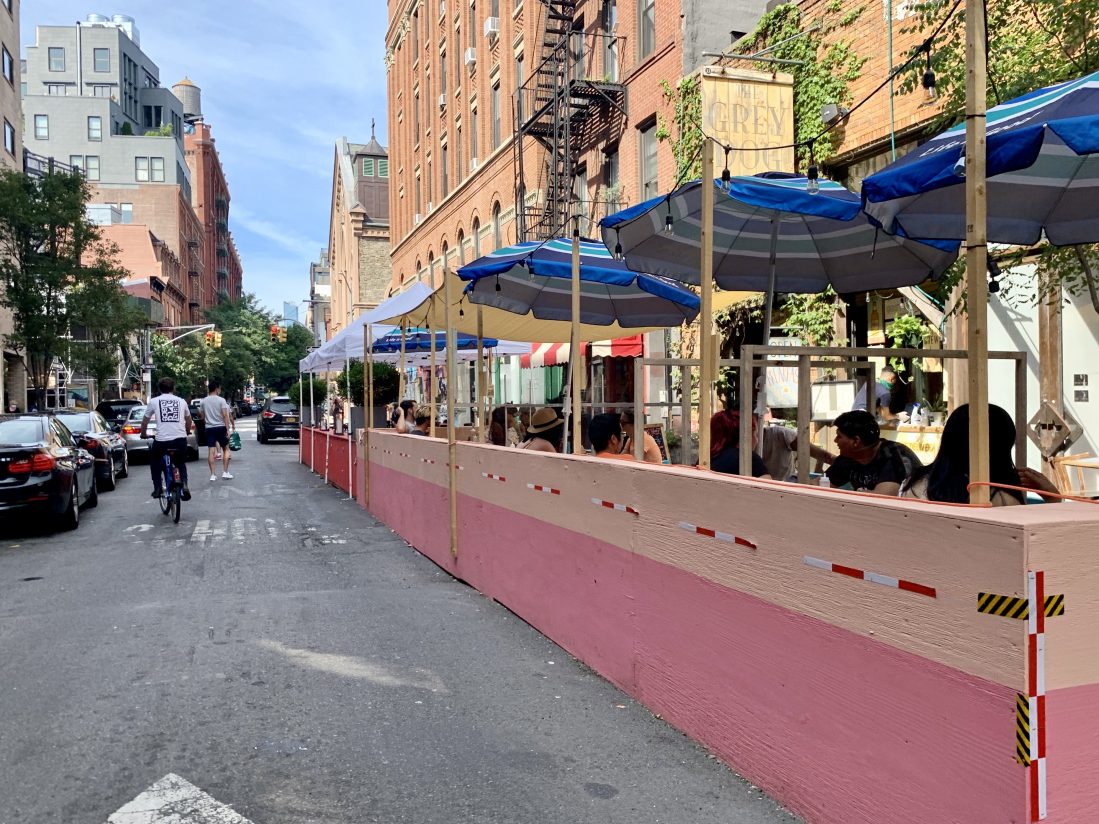
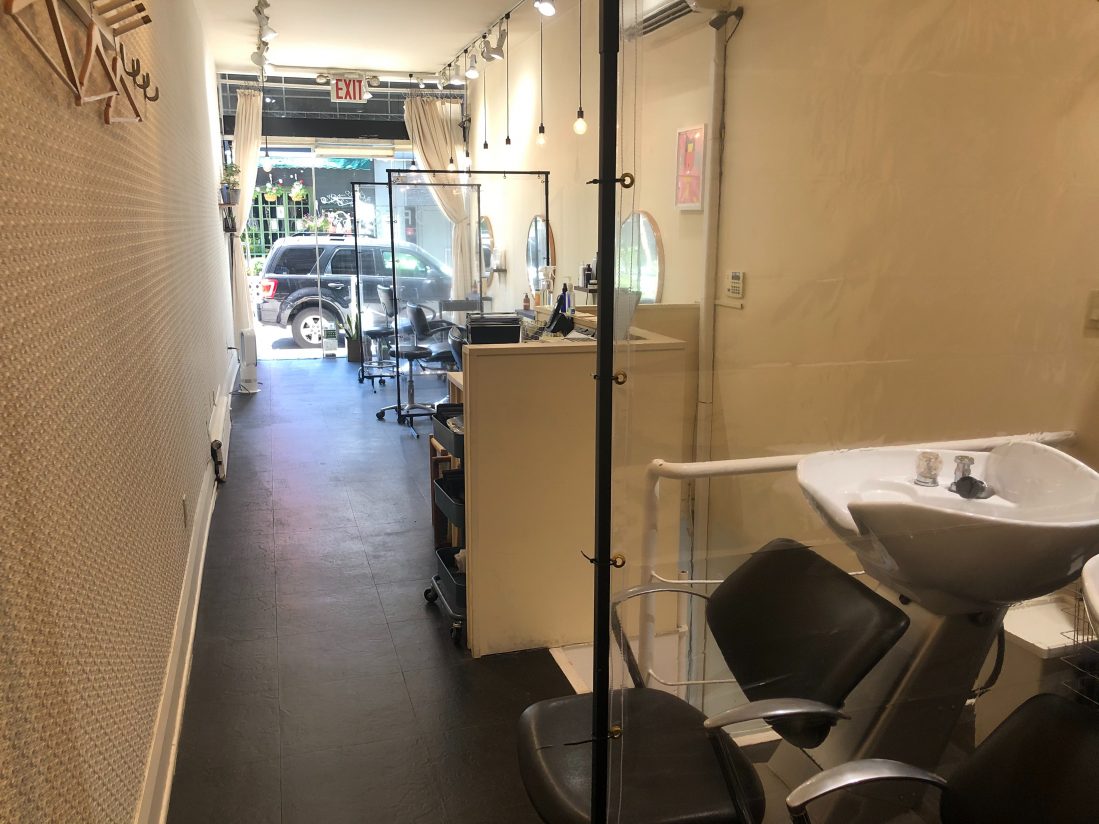
When I asked a beauty assistant at The Detox Market about how she is adapting to the “new normal,” she shrugged her shoulders and said, “we are trying our best to be safe. It’s tough because the right solutions are unclear sometimes.” As I shopped around other apparel shops in the neighborhood, stores like COS and &Other Stories did not let any customers try on items. I was told to buy all the items that I was interested in, try them on at home and return. While I well understood that it requires more thorough sanitizing processes for returned or tried-on clothing, I was surprised to learn that shopping experiences will never be the same for the next foreseeable future.
Though I always knew that social distancing and self isolation were inevitable, the void of human interactions and physical contact has not been easy. Handshakes and hugs, social gatherings, casual chit chat on the street, all of these things have changed or ceased to happen freely. These changes have led to more digitization of social interactions to prevent loneliness for people. But in a new coronavirus world does that mean we will have fewer casual conversations and the experiences that spin off from them?
In both New York and Japan, there has been an acceleration in the transition to unmanned shops. Seven-Eleven, in Japan, had already been promoting the introduction of unmanned cash registers for their ability to reduce labor costs and has since implemented its first “Touch and Go” store. At the Takanawa Gateway station, 50 cameras were placed in one store to run the new “Touch and Go” system. At any given time, the maximum number of people allowed in the store is 7. The camera senses the product(s) selected by the user and rings the customers up at the cash register. The reduced touchpoints with customers as well as the capped capacity makes a strong argument for the new system’s corona safety consideration.
In this New Normal I have noticed:
・Increased convenience due to digitization of previously analog experiences
Lockdown has shifted many experiences online and highlighted some existing online experiences; meetings, shopping, movies, and seminars are some examples.
・New forms of communication
In an already globally interconnected internet-driven world, coronavirus has emphasized even more use of the internet for communication. Is the old way of meeting to chat over coffee or drinks phasing out?
・Digitization lead to slower pace of life
With everyone working remotely, some people have taken advantage of the opportunity to migrate to the countryside or nature to work, thus slowing down their pace of life and escaping the bustle of the city.
A healthy life, shifting away from contemporary living
This pandemic has brought light to the potential of remote work and online shopping. Thanks to the internet, both of these activities have become increasingly accessible from, otherwise, less accessible places. I see more and more people turning towards nature and a simpler lifestyle throughout this pandemic. In the pre-pandemic world, so many of us were completely absorbed in our heavily technology reliant lifestyles and had never been given an opportunity to stop and examine the way we lived. The pandemic has given us pause, for many reasons, to think about how we might live alternatively and even more healthily.
With people nervous about using ride-sharing apps as well as the subway, it appears many are turning to the good old fashioned bicycle as an alternative mode of transport. As many are new to the biking routine, it appears Citi bikes are a popular option around New York. These days, most Citi Bike stations I walk by are completely empty! Walking around the city I see people cruising around on a variety of different bike-sharing branded bikes. Others have taken their outdoor cardio to another level by swapping the city for the mountains and embarking on hikes. All this growth in the popularity of active lifestyles has led to a growth in athleisure brands, which appear to be thriving despite the overall decline of the apparel industry during the pandemic. We explore this topic in more detail in AYDEA’s Instagram post on August 12, if you’d like to know more check it out!
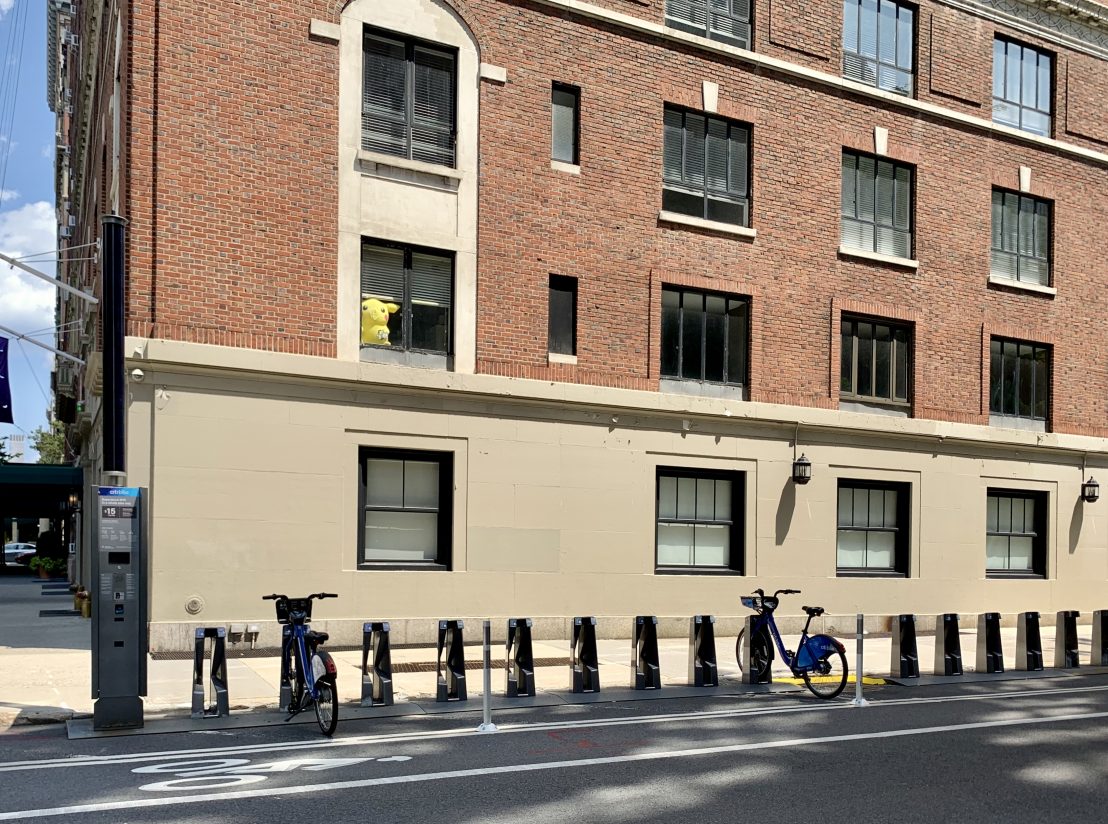
So, how will our shopping experiences change?
The fashion world has joined us in the New Normal. Having reported on fashion shows in Paris, I wasn’t sure what to make of the digital Paris Haute Couture collection when it was announced earlier this year. In a significant way, this fashion show had become much more than just a fashion show. This was a place where the editors of the most important fashion magazines in the world and the buyers from major shops everywhere gathered to dictate the tone each new season in fashion. Before this year, a digital fashion show accessible to the public at large, was unthinkable.
Let us not forget, however, that this is the New Normal and so many things have become possible as a result. Brands made full use of video and design to create a memorable digital experience for viewers. Rather than just showcasing the clothes, brands used the opportunity to convey a perspective of the world. Isn’t it about time we start choosing our clothes based on perspective too? The digital fashion shows are just one of several significant shifts in the fashion industry this year. As the industry tries to shift into a more environmentally conscious era, luxury brands are converting to seasonless collections; Louis Vuitton, for example, announced their shift to seasonless this year.
As consumers have shifted to an increasingly internet-reliant shopping routine throughout the pandemic, new possibilities for a more informed shopping experience have become available. Given the plethora of information available online, shoppers can access more detailed information about brands and products whilst they shop. More and more, shoppers are shifting towards buying a brand, more so than just an individual product. Consumers are becoming more selective in their shopping in that they are doing their research, and choosing to spend their money with companies who have fair and sustainable practices throughout. It is a new age in the fashion industry, and one that is very much in line with the growth of conscious consumers around the world.
This New Normal is a life I never could have imagined myself.
It is, however, here and now. I’m adjusting, and finding ways to enjoy the changes.